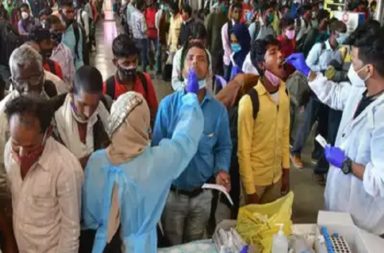Bhutan located on the eastern edge of the Himalayan Mountain region and landlocked between Asian giants India and China successfully curbed the COVID-19 pandemic. As of May 31, Bhutan reported only forty-three confirmed cases of COVID-19 and zero deaths so far. The early cases related mainly to the Middle East Region foreigners or recent returnees. The country’s first confirmed case was reported on March 5. Nation has so far seen very little evidence of community transmission.
For Bhutan, the biggest concern was and has been the possibility of an outbreak in the neighbouring Indian states with which they share an open and porous border. In the wake of the pandemic, the country sealed its land border with India on March 22. A week later, Bhutan curbed public gatherings, travel and business and also mandated a twenty-one-day quarantine for anyone arriving from abroad.
Bhutan’s healthcare is largely public-funded. The government endured the cost of testing, medical facilities, and quarantines. The Ministry of Health produced a response document that details the healthcare sector’s capacities in terms of surveillance, early detection, control and prevention, response, and recovery. Although, the nation has a shortage of doctors, with just over 300 serving the whole country with a handful of chest specialists, few laboratory experts and a dearth of ventilators and personal protective equipment (PPE). But the country somehow tackled the situation with limited resources.
The country developed a contact-tracing app called Druk Trace and made its installation mandatory in all offices businesses and transportation hubs. A manual log is kept by service providers and offices for those who do not have smartphones. Bhutan framed a national COVID-19 response fund to ease the financial pressure on citizens. Also, a high-level task force designated to focus on infection control, the economy, and security. Even though cases are in control, the borders remain shut. Closed borders hampered Indian exports, but the locals stepped up and eliminated the existing fear of needs. Farmers started donating crops, people gave food and money in charity, hotel owners offered their properties to be used as quarantine facilities, restaurants prepared food and distributed to the needy as well as frontline workers. The government provided free testing and medical services and also made isolation facility, food and accommodation free of costs for its citizens. India and the World Bank assisted Bhutan to deal with the crisis.





